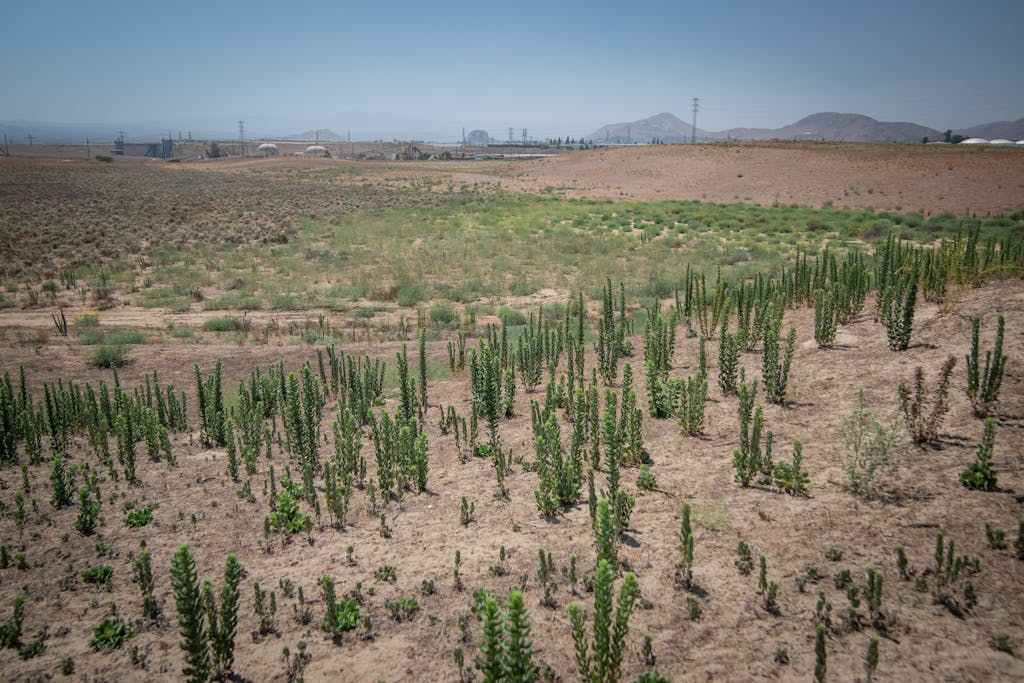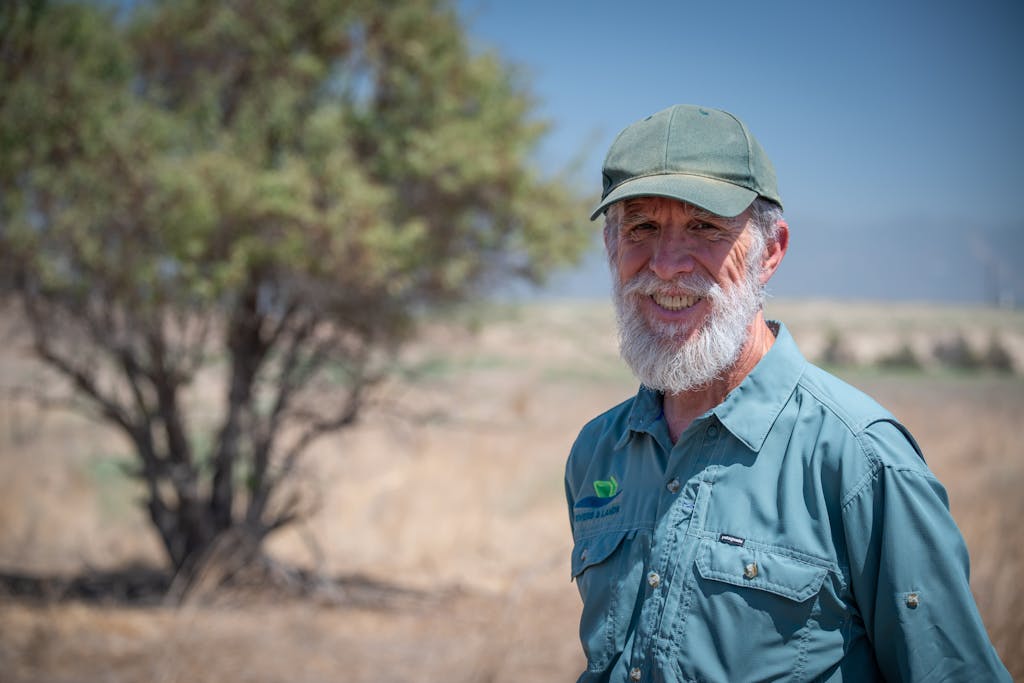Environmental Stewardship
Vulcan Conservation Banks


Western Division
Partnerships Help Protect Land and Wildlife
What do the endangered San Bernardino kangaroo rat, Santa Ana River woolly star, the Cactus Wren, the slender-horned spineflower, and the threatened coastal California gnatcatcher have in common?
They all call Vulcan’s San Bernardino facility home.
The California-based Vulan facility sets aside half of its 1,200-acre property for the Cajon Creek Conservation Bank, or land that is permanently protected to preserve and manage wildlife habitats for at-risk species.
“Many of the rare and threatened and endangered species…they wouldn’t be around anymore if we didn’t have these habitats,” said Leslie MacNair, Regional Manager of the California Department of Fish and Wildlife. “Our on-going partnership with Vulcan is a great example of what teamwork can achieve to add to conservation efforts in the region.”
The active wash and streambed at Cajon Wash and Lytle Creek, which Vulcan helped restore, also supports the Riversidian Alluvial Fan Sage Scrub (RAFSS), a sensitive plant community.
“Over the last 20 years, Vulcan has been working to conserve this rare and critical habitat,”said Mike Linton, Vulcan’s Western Division Vice President of Property and Land Development. “Our successful collaboration with our resource agency partners has been invaluable to the success of these conservation efforts and it is a partnership we are very proud of. Vulcan looks forward to continuing this relationship and working together to further preserve and enhance this ecologically important watershed.”
Left: Managing Director at ELMT Consulting Tom McGill. Right: Vulcan’s Western Division Vice President of Property and Land Development Mike Linton.
“We have as many as four or five endangered species, but as many as 50 sensitive species in this bank,” said Tom McGill, Managing Director, ELMT Consulting that works with Vulcan to manage the property.
Cajon Creek Conservation Bank is the only bank in the area approved by all three federal and state permitting agencies: The Army Corps of Engineers, U.S. Fish and Wildlife Service and California Department of Fish and Wildlife.
“Because we have the number of signatories and agencies that are basically operating this bank, that means even more projects and more entities can come here and utilize the bank and buy credits for their projects,” said Jane Hendron, Public Affairs Division Chief for the U.S. Fish and Wildlife Service.
“I believe in partnership. The fact that public agencies can work with private developers,” said Ali Sahabi, Past President of the Building Industry Association of Southern California, which presented its President’s Award to Vulcan and all three agencies in 2017. “What really attracted me to the Cajon Creek project is the partnership to create a mitigation bank that would bring certainty to the developers.”

Colton Dunes Conservation Bank is a 150-acre conservation bank in Colton, California owned by Vulcan. With help from Rivers & Lands Conservancy, the U.S. Fish and Wildlife Service, and California Department of Fish and Wildlife, the conservation bank provides long-term management of the site, which supports more than 100 native species.
“Maybe the cure for cancer is locked up in its genes and if we drive this species into extinction then we would never know that,” said Jack Easton, Executive Director of the Rivers & Lands Conservancy.
